Neuroscience

Neurotransmitter receptors function via various G-protein coupled and G-protein independent mechanisms that activate downstream intracellular signaling pathways such as cAMP/PKA, PI3K/AKT, phospholipase A2, and phospholipase C pathways. For instance, dopamine receptors act through adenylate cyclase to activate PKA and other signaling molecules, thereby mediate gene expression through the actions of CREB and other transcription factors. Other neurotransmitters such as NMDAR or AMPAR are associated with ion channels that control flux of Ca2+ and Na+, thus propagating the action potential across the post-synaptic neuron.
Dysfunctions in GABAergic/glutamatergic/serotonergic/dopaminergic pathways result in a broad range of neurological disorders such as chronic pain, neurodegenerative diseases, and insomnia, as well as mental disorders including schizophrenia, bipolar disorder, depression, and addiction.
-
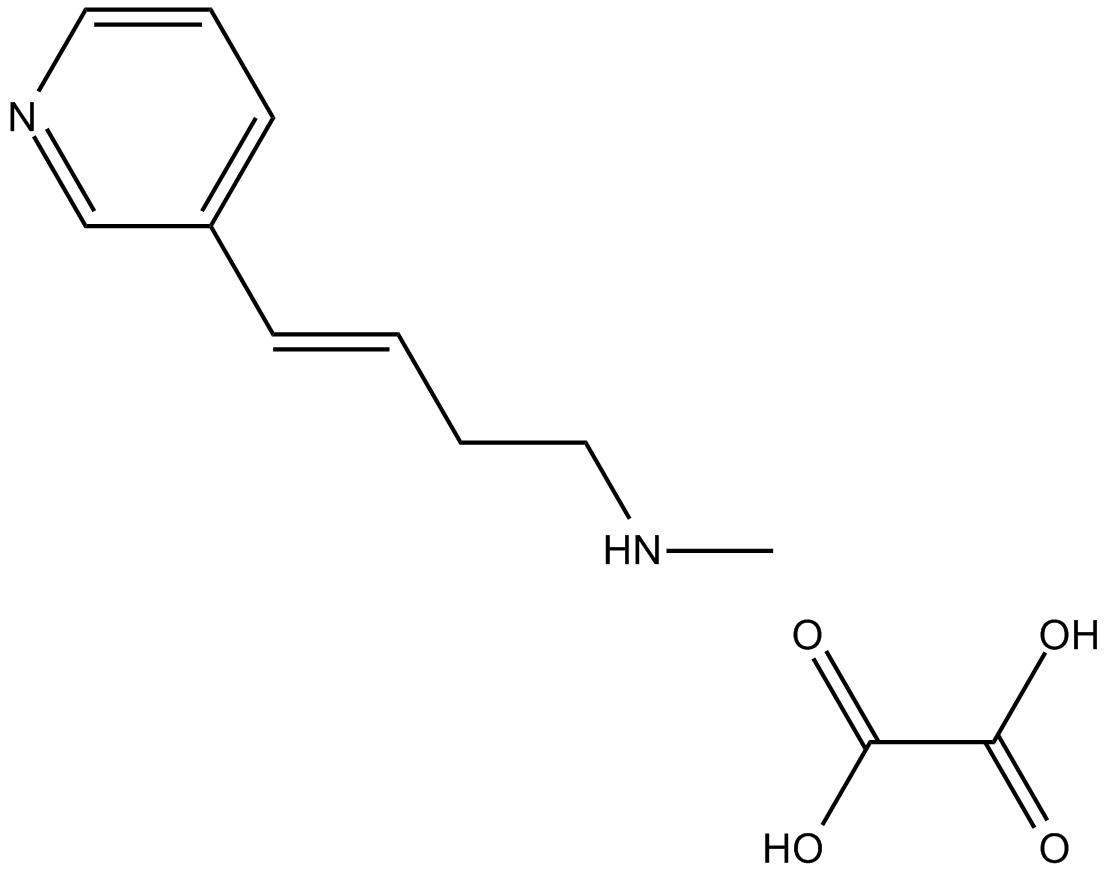 A3770 RJR-2403 oxalateSummary: Nicotinic receptor agonist
A3770 RJR-2403 oxalateSummary: Nicotinic receptor agonist -
 A3900 Umeclidinium bromideSummary: MAChR antagonist
A3900 Umeclidinium bromideSummary: MAChR antagonist -
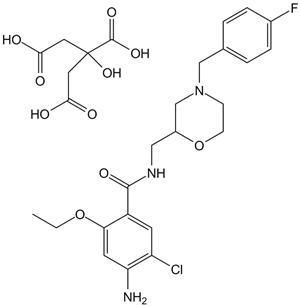 A1334 Mosapride CitrateTarget: 5-HT3 Receptors|5-HT4 ReceptorsSummary: 5-HT receptor agonist
A1334 Mosapride CitrateTarget: 5-HT3 Receptors|5-HT4 ReceptorsSummary: 5-HT receptor agonist -
 A2917 FlumazenilTarget: GABAA ReceptorsSummary: Benzodiazepine antagonist
A2917 FlumazenilTarget: GABAA ReceptorsSummary: Benzodiazepine antagonist -
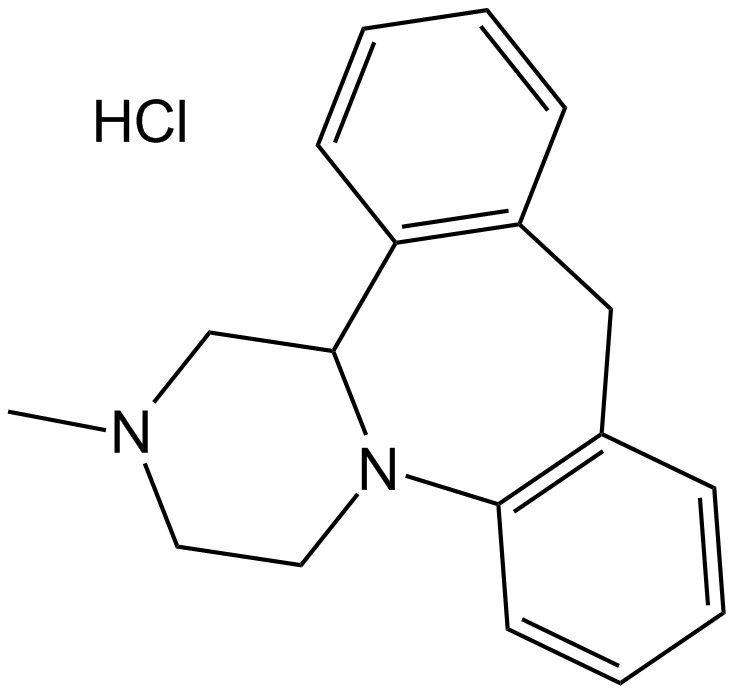 A1796 Mianserin HClSummary: 5-HT2 receptor antagonist
A1796 Mianserin HClSummary: 5-HT2 receptor antagonist -
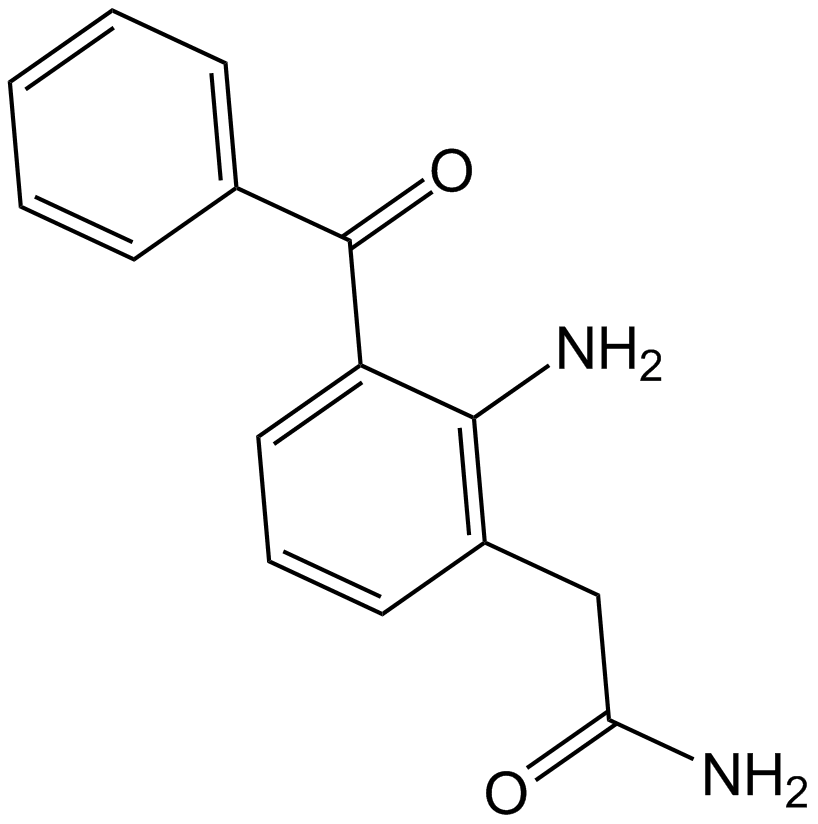 A2890 NepafenacSummary: COX-1 and COX-2 inhibitor
A2890 NepafenacSummary: COX-1 and COX-2 inhibitor -
 A1745 Galanthamine HBrSummary: Acetylcholinesterase inhibitor
A1745 Galanthamine HBrSummary: Acetylcholinesterase inhibitor -
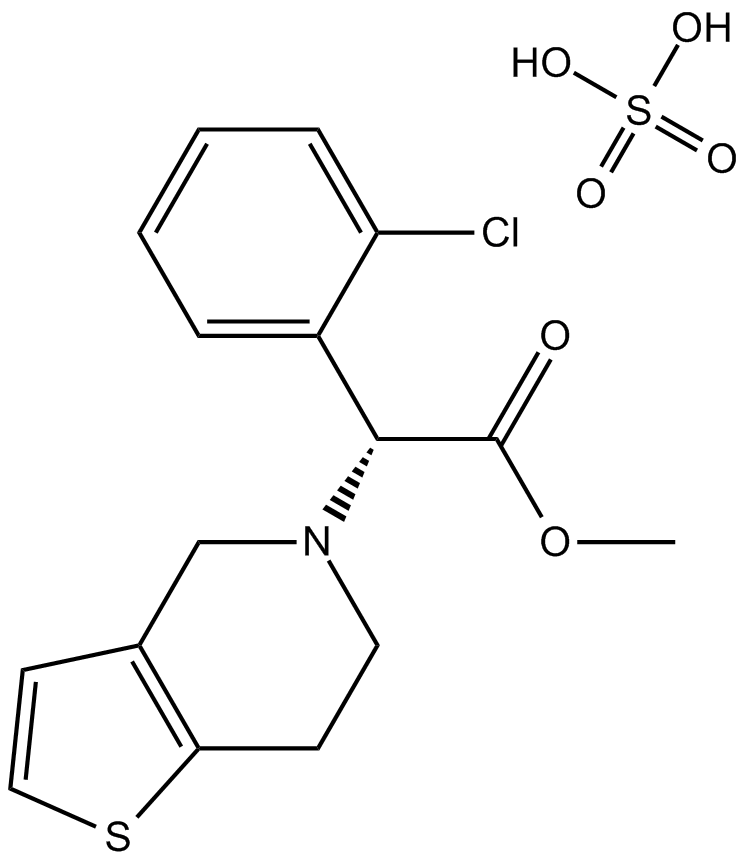 A5183 ClopidogrelTarget: P2Y ReceptorsSummary: P2Y12 receptor antagonist
A5183 ClopidogrelTarget: P2Y ReceptorsSummary: P2Y12 receptor antagonist -
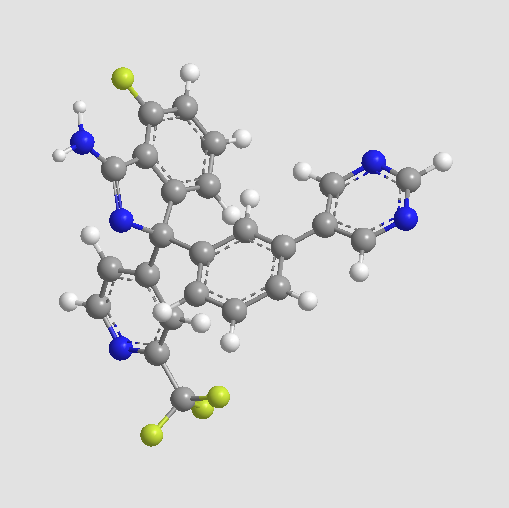 B3224 AZD3839Target: BACESummary: BACE1 inhibitor,potent and selective
B3224 AZD3839Target: BACESummary: BACE1 inhibitor,potent and selective -
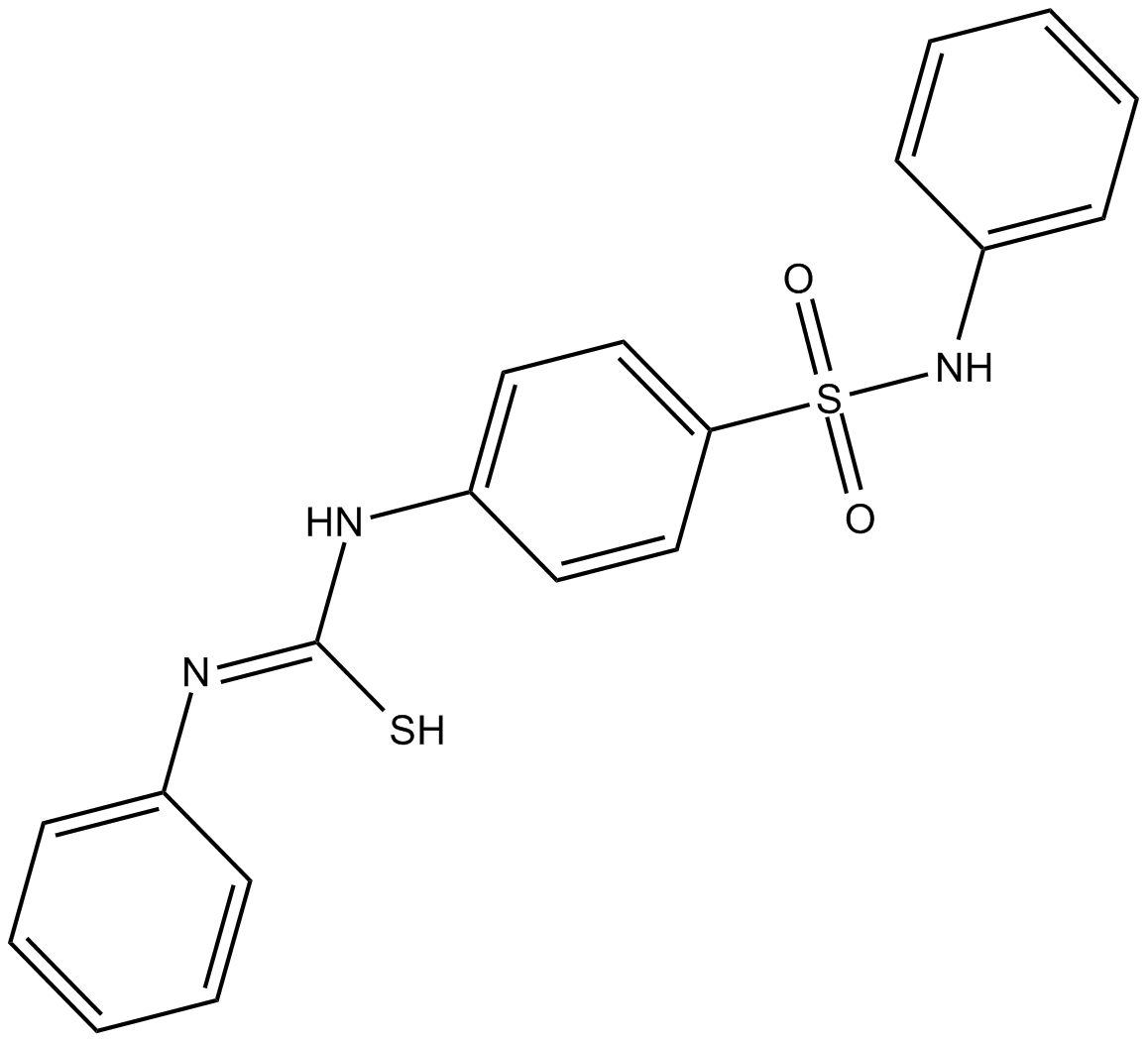 B5902 LED209Summary: Highly selective for histidine sensor kinase QseC
B5902 LED209Summary: Highly selective for histidine sensor kinase QseC

